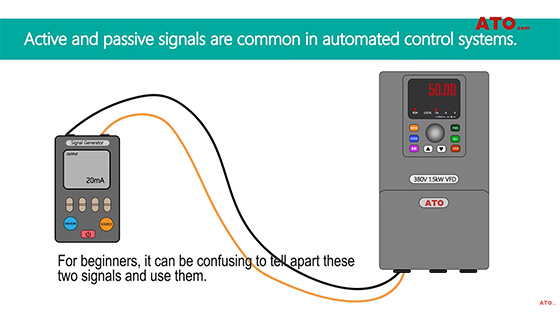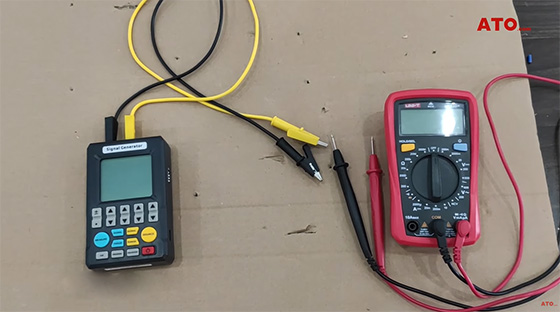How to Distinguish Active Signal and Passive Signal?
For current signals, if the equipment has an independent power line, the signal output it provides (such as 4-20 mA) is active signal; If the device has no independent power supply, the signal it provides is passive. The output signal of three-wire instrument and four-wire instrument is active signal, and the output signal of two-wire instrument is passive signal. In this article, we will introduce the passive and actice signal.
Passive Signal
These are "naturally" present in many conductors without any action by the user. Obvious examples are power cables which carry currents as part of their normal duty. Less obvious perhaps is the fact that the earth is full of power system return currents, which will tend to flow along the convenient paths of lower resistance provided by metal pipes and cable sheaths. Passive signals therefore enable conductors to be located, but not identified, because the same signals may appear on any conductor.
But there are some points to note particularly about passive power signals which may not be immediately obvious. The first one relates to voltage on the line; the signal strength has nothing whatever to do with voltage. If the line is live at high voltage, but its load is switched off, there is nowhere for current to flow, and therefore no detectable power signal, but it remains a potential danger. The second point is that the relationship between load current and signal strength is not direct: any well-designed cable attempts to minimize the strength of radiated electromagnetic field by so twisting the cores that the "go" and "return" current fields largely cancel out. A third point is that all passive signals are liable to change without notice, so that they cannot be relied upon for such precision requirements as depth measurement. Their great virtue is in enabling buried lines to be detected and avoided using only a simple receiving instrument.
Active Signal
These result from deliberate action by the user to connect or induce a known AC signal from a signal transmitter onto a target line. Active signals not only enable buried lines to be located; they also enable them to be positively identified and traced among others in a congested situation typical of below-street services in a city.
The fact that the source of the signal is under the operator's control enables more precise work such as depth measurement and signal strength comparison to be undertaken. In addition, the choice of frequency can be made to suit the job situation, particularly when a multi-frequency signal transmitter is utilised.
For beginners, it can be confusing to tell apart these two signals and use them. You can take apart active and passive signals based on analog quantity and switch quantity.

We're gonna use a signal generator to demonstrate the difference between active and passive signals. (In this picture, you can see ATO handheld voltage current thermocouple calibrator and multimeter.)

If you want to know the whole process of operation and detailed information about active and passive signals, please click this video.

